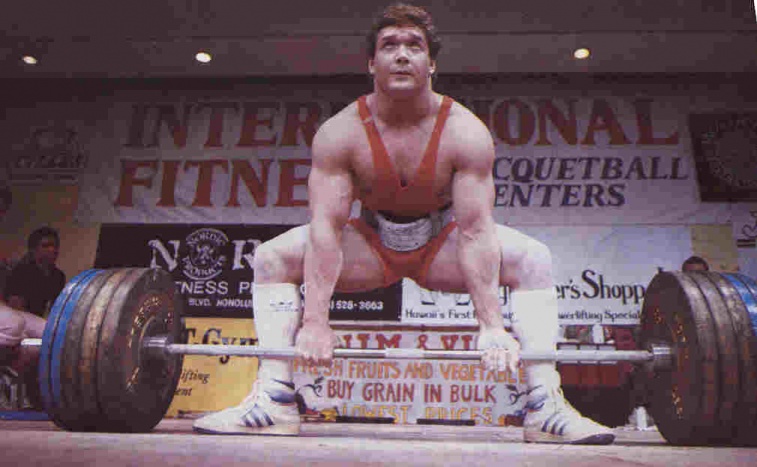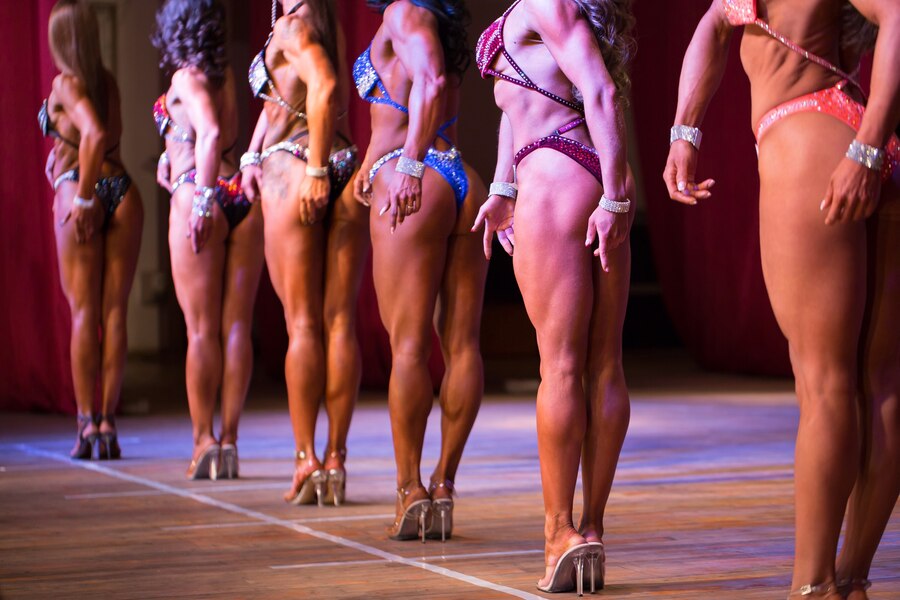For powerlifters, the hips are the powerhouse behind two of the big three lifts: the squat and deadlift. Strong, healthy hips are critical for generating force, maintaining stability, and achieving proper mechanics in these movements. However, the repetitive nature of heavy lifting, combined with mobility limitations or muscle imbalances, can compromise hip health, leading to discomfort, reduced performance, and even injury. Additionally, hip health is linked to shoulder health, so even for you bench only enthusiasts, take care of those hips! This guide explores hip function, common issues, and effective exercises to improve hip strength, mobility, and stability, ensuring longevity and progress in powerlifting.
The Role of the Hips in Powerlifting
The hips, comprising the hip joint, surrounding muscles, and connective tissue, are integral to powerlifting performance:
- Squat: The hips drive the movement, providing power during the ascent and stabilizing the load throughout the lift.
- Deadlift: Hip hinge mechanics are essential for generating force and maintaining proper posture during the pull.
- Bench Press: While less hip-dominant, strong hips contribute to leg drive and overall body tension.
A lack of hip mobility, strength, or stability can lead to compensations, placing excess stress on the lower back, knees, and other surrounding structures.
Common Hip Issues in Powerlifters
- Hip Impingement (FAI): Femoroacetabular impingement occurs when extra bone growth or tightness causes friction in the hip joint.
- Hip Flexor Tightness: Prolonged sitting and heavy lifting can tighten the hip flexors, limiting mobility and causing anterior pelvic tilt.
- Piriformis Syndrome: Tightness or irritation in the piriformis muscle can compress the sciatic nerve, causing pain or discomfort.
- Adductor Strains: Weak or overstretched adductors (inner thigh muscles) are prone to injury, especially under heavy loads.
- Muscle Imbalances: Overdeveloped glutes or quads relative to the hamstrings can lead to improper mechanics and injury.
Keys to Hip Health for Powerlifters
1. Hip Mobility
Improving hip range of motion ensures proper squat depth and hip hinge mechanics, reducing the risk of compensatory movements.
2. Strengthening the Hip Stabilizers
Strong stabilizers (glutes, adductors, and abductors) keep the hips aligned and reduce the risk of imbalances.
3. Improving Posterior Chain Strength
Powerlifters must emphasize hamstrings and glutes to complement quad dominance and maintain balanced hip mechanics.
4. Proper Warm-Up and Recovery
Dynamic warm-ups and mobility drills before heavy lifts prepare the hips for movement, while stretching and soft tissue work aid recovery.
Effective Hip Exercises for Powerlifters
1. 90/90 Hip Stretch
- Purpose: Improves external rotation and hip mobility.
- Execution:
- Sit on the floor with one leg in front at a 90-degree angle and the other leg at a 90-degree angle behind you.
- Lean forward over the front leg, feeling a stretch in the hips.
- Sets/Reps: 2-3 sets of 20-30 seconds per side.
2. Cossack Squats
- Purpose: Builds adductor strength and enhances lateral hip mobility.
- Execution:
- Start in a wide stance.
- Shift your weight to one side, dropping into a deep squat while keeping the opposite leg extended.
- Keep your chest up and hips low.
- Sets/Reps: 3 sets of 8-10 reps per side.
3. Glute Bridges and Hip Thrusts
- Purpose: Strengthens the glutes and promotes proper hip extension.
- Execution:
- Lie on your back (for glute bridges) or set up with your upper back on a bench (for hip thrusts).
- Drive through your heels to lift your hips, squeezing your glutes at the top.
- Sets/Reps: 3-4 sets of 8-12 reps.
4. Banded Lateral Walks
- Purpose: Activates and strengthens the glute medius, improving hip stability.
- Execution:
- Place a resistance band above or below your knees.
- In a slight squat position, step sideways while maintaining tension on the band.
- Sets/Reps: 3 sets of 12-15 steps per direction.
5. Romanian Deadlifts (RDLs)
- Purpose: Builds hamstring and glute strength, enhancing posterior chain stability.
- Execution:
- Hold a barbell or dumbbells and hinge at the hips while keeping your back flat.
- Lower the weight to mid-shin, feeling a stretch in your hamstrings, and return to the starting position.
- Sets/Reps: 3-4 sets of 8-10 reps.
6. Pigeon Stretch
- Purpose: Releases tight hip flexors and glutes.
- Execution:
- Start in a push-up position and bring one knee forward, placing it behind your hands.
- Extend the opposite leg straight back, lowering your hips towards the floor.
- Sets/Reps: 2-3 sets of 20-30 seconds per side.
7. Single-Leg Romanian Deadlifts
- Purpose: Improves hip stability, balance, and hamstring strength.
- Execution:
- Stand on one leg and hinge at the hips, extending your free leg behind you.
- Lower your torso while keeping your back straight, then return to the start.
- Sets/Reps: 3 sets of 8-10 reps per leg.
Programming for Hip Health
Incorporate hip-focused mobility and stability exercises 2-3 times per week, either as part of your warm-up or accessory work. Prioritize exercises that address your individual weaknesses, whether that’s mobility, stability, or posterior chain strength.
Sample Hip Health Routine:
- 90/90 Hip Stretch: 2×30 seconds per side
- Cossack Squats: 3×10 reps per side
- Banded Lateral Walks: 3×15 steps per direction
- Glute Bridges: 3×12 reps
- Romanian Deadlifts: 3×8-10 reps
Conclusion
Hip health is non-negotiable for powerlifters aiming to optimize their squat and deadlift performance while minimizing injury risk. By incorporating mobility work, strengthening the stabilizers, and balancing posterior chain development, powerlifters can maintain healthy, powerful hips for years to come. Consistent attention to hip health ensures better performance, fewer setbacks, and longevity in the sport of powerlifting.
Prioritize your hips—because a strong foundation starts here.


